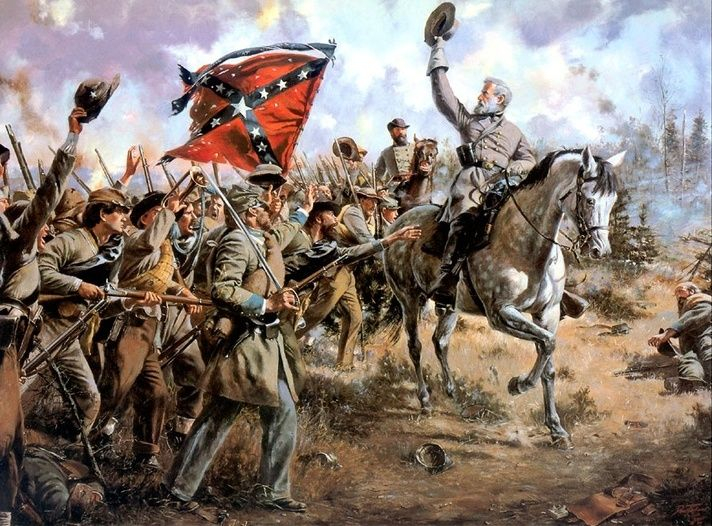The Battle of Cold Harbor was Robert E. Lee’s last large-scale field victory
Robert Edward Lee (January 19, 1807 – October 12, 1870) was a Confederate general during the American Civil War, towards the end of which he was appointed the overall commander of the Confederate States Army. Derisively referred to as the “King of Spades” early in the war, a dig against his perceived proclivity for static defense and entrenchment, Robert E. Lee quickly proved his detractors wrong with a series of audacious maneuvers and correspondingly stunning victories.
The successes of the Seven Days, Second Manassas, and Chancellorsville were all sourced in Lee’s talent for moving his army with a speed and precision that stymied his Union opponents. In the Battle of Cold Harbor, the Union Army suffered heavily after Lee guided his men into impregnable positions threatening the Federal line of advance. By late June, however, less than two weeks after the end of the battle, Lee had been forced to submit to a siege around Richmond and Petersburg. He held the cities for another nine months and not only bitterly contested each Union offensive, but also won some battles at places like Reams Station with portions of his army. Most of his army was frozen in place, however, and was absolutely required to man the trenches, or else Petersburg and Richmond would be lost to the Federals. When the line was finally broken, the Army of Northern Virginia’s final field campaign was a week-long string of disasters.











